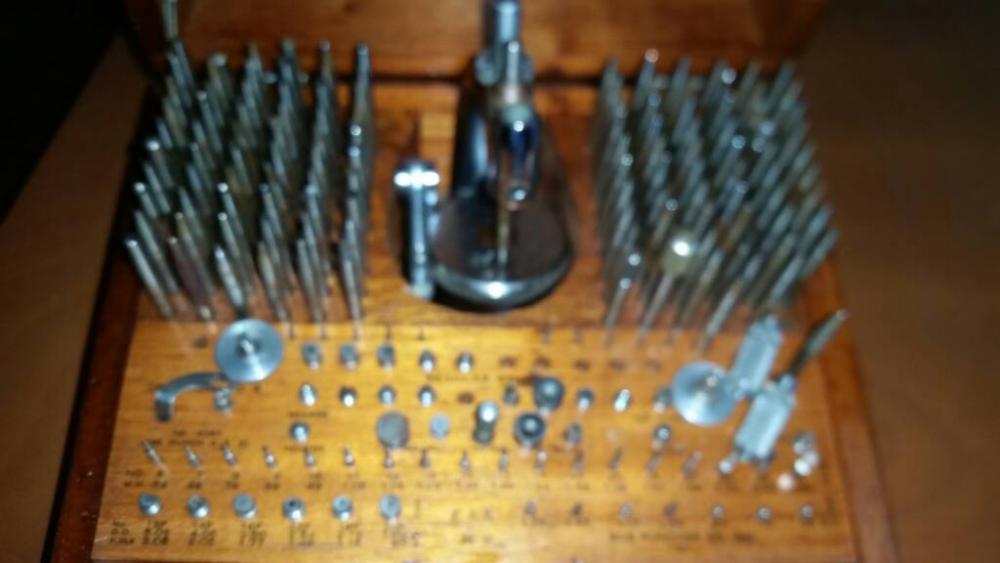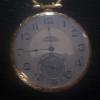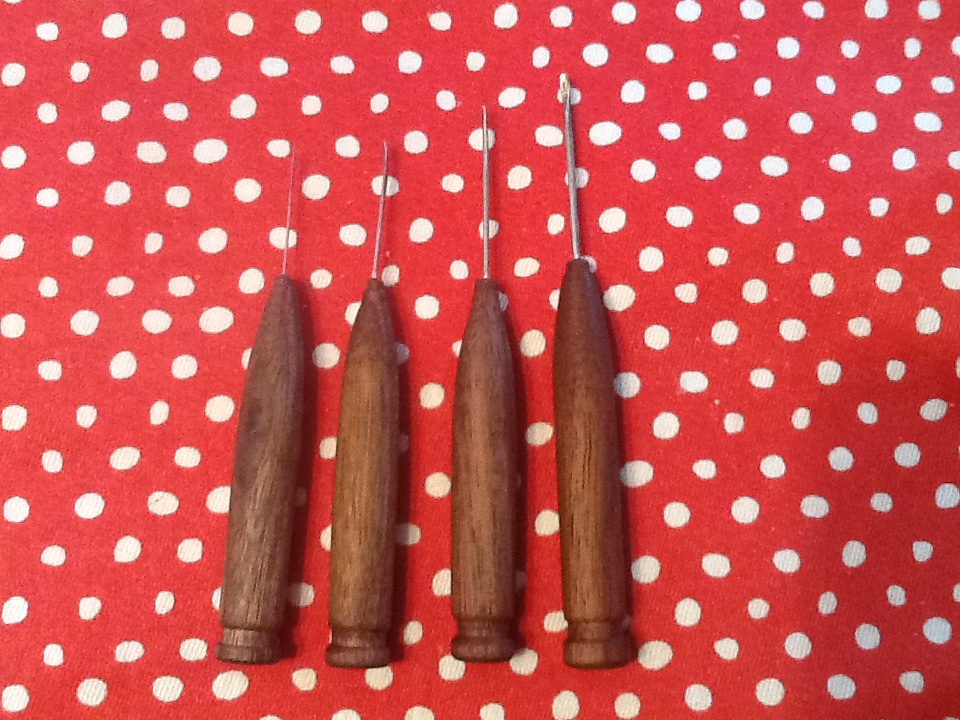Leaderboard
Popular Content
Showing content with the highest reputation on 02/08/17 in all areas
-
5 points
-
I'd like to say I spent hours of clever research but it was dumb luck. Grabbed one of the quartz catalogs I had opened it up and looking down on the page I opened up to found the watch. so googling it doesn't look like it's a really popular movement not very many references to it. ELEMEX RICOH watch movement 5D20 http://www.julesborel.com/s.nl/it.A/id.39048/.f http://www.watch-tool.de/html/quartz_movements.php?id=Q075gg4 points
-
3 points
-
I thought I would share my latest mishap. I was repairing a quartz (Ronda 715) which had a faulty date change. The fault was traced to a mis shaped date jumper spring. So I had to make another. I was checking it's size etc. and moved in close to get a closer look & PING straight into my mouth. I did not swallow & it did clean it up a bit I suppose.1 point
-
1 point
-
Struck me as well. The movement has definitely been serviced before. Some one has managed to mess up the crown wheel screw (it's left threaded, or at least it has been). Praying to higher instances that the bridge threading is not totally useless and that a new screw will do. I'll do it tonight.1 point
-
JohnR725! you are da man! I did do a bit of searching, (not google) and attempted to side by side compare with pics, but alas, f ell short of the objective. Dynam0humm, I humbly apologize for my hasty guess, but now you have clear path to replace, good luck! p.s. love the handle, not many remember Zappa and his quaint way of turning a lyric. Dave1 point
-
That screw is just a safety measure for the setting lever not to fall when you unscrew the setting lever screw too much. I don't think it touches the setting lever when the setting lever screw is tightened1 point
-
1 point
-
Thanks for chippin' in guys! Sorry. You're right. It should be AS 1713. To late to edit the original post. I'm using an LCD USB microscope (https://www.cousinsuk.com/product/benchtop-digital?code=M39115). I had handheld versions of this before but it was not that practical to work with (required USB wiring to a laptop). The LCD screen is not great but it works. It has an SD memory card slot so it's easy to take photos and transfer to your computer. There is a lag between the optics and the screen so it's not possible to replace the loupe with it but for situations like this, it's awesome. That crossed my mind as well. I cleaned it in an Ultrasonic machine and rinsed with IPA. My ways of working for drying the parts has room for improvements since I have nothing more than a dust blower at hand. I'll try air, or maybe heat, to dry it out.1 point
-
I wonder if you could get a small piece of pith wood down in the bottom of those oiler sockets. That would help keep them clean and would wick away any extra oil left on the oilers.1 point
-
1 point
-
1 point
-
Setting up to replace jewels will take some considerable expense, I'm still just gathering the tools now. It also depends on how old the watches are to watch exactly you need. For modern watches you want a Seitz jewel press or something similar, make sure you get one with a complete set of presses or reamers, or you may struggle finding those parts separately, a good micrometer, preferably a watchmakers one like a JKA, but they are getting harder to find for a good price and a pivot gauge. All of these items do turn up on ebay, but you need to be patient to find one for a good price. If you are working on older watches that the jewels have the brass rolled over the top to hold them in place rather than friction fit like modern watches then you need other tools. Have a read of this website http://www.geocities.ws/dushang2000/Jewelling.html This video also explains the Jewelling tool, its a modern Bergeon, but all the brands work the same.1 point
-
Thanks for all your efforts. Clockboy I have recently purchased 2 different packs of mixed screws (I found these to have a very limited selection and many of little use!) and 1 pack of battery clamp screws recently and none have revealed a suitable screw (0/500), mainly too short !! I have measured a 0.6mm tap and this indicates 0.59mm on my gauge so I guess the screws are tapped to the standard 0.6mm. On this basis maybe rogarts 0.55mm diam may be a possible rather than the 0.65mm which I don't think will go down the tube. Rogart - re the 0.55mm diam, is the length ok, slightly longer would be ok and the head dia is not too important so long as it is near. If so would you be able to mail it to me? Being cheeky, I really need 2 of them if you have.1 point
-
1 point
-
1 point
-
1 point
-
I have a Chinese version of the Bergeon which also has this chart. To be honest I have never bothered to work out what the chart indicates. I just use the winder to check that the auto is functioning correctly over a period of say 48 hours & also to give a better indication of how a watch is performing.1 point
-
You're right, it has to be replaced. It appears to be a friction jewel which means it's only held in place by the pressures of the walls around it. Typically 0.01mm bigger than the whole. Before doing anything to it you should measure the depth it was from the level of the main plate. How deep or shallow determines the endshake and so it is helpful to know it before you push the jewel out. Once out you have to measure the size of the pivot hole unless you have a gauge that has like 80 sizes where you put your pallet fork or wheel until you find the right size. This is very important as it determines the sideshake. Anyway, once the jewel is out you have to find its replacement based on your measurements. Jewels don't have specific positions, just sizes. There are Seitz sets with hundreds of vials that contain all sorts of options out of which you pick the best possible match. Then the fun part is to use your jeweling tool to gently tap the jewel into position, i.e. Friction fit it. Using the depth measure you got before removing the old jewel you tap the new one in. Like i said, it's ideally 0.01mm bigger than the whole. Too big and it will crack as you try to force it in. Too small and it won't stay in place. Once you get it where you think it's right you should test it by assembling the balance wheel and fork to check endshake and look at interaction with balance wheel. If it's good then move on to assembling the train so you can check interactions with escape wheel. This is fascinating stuff that I wish I had more experience in but this looks like a great case to start for you if you have the tools and interest. Good luck! Sent from my iPhone using Tapatalk1 point










